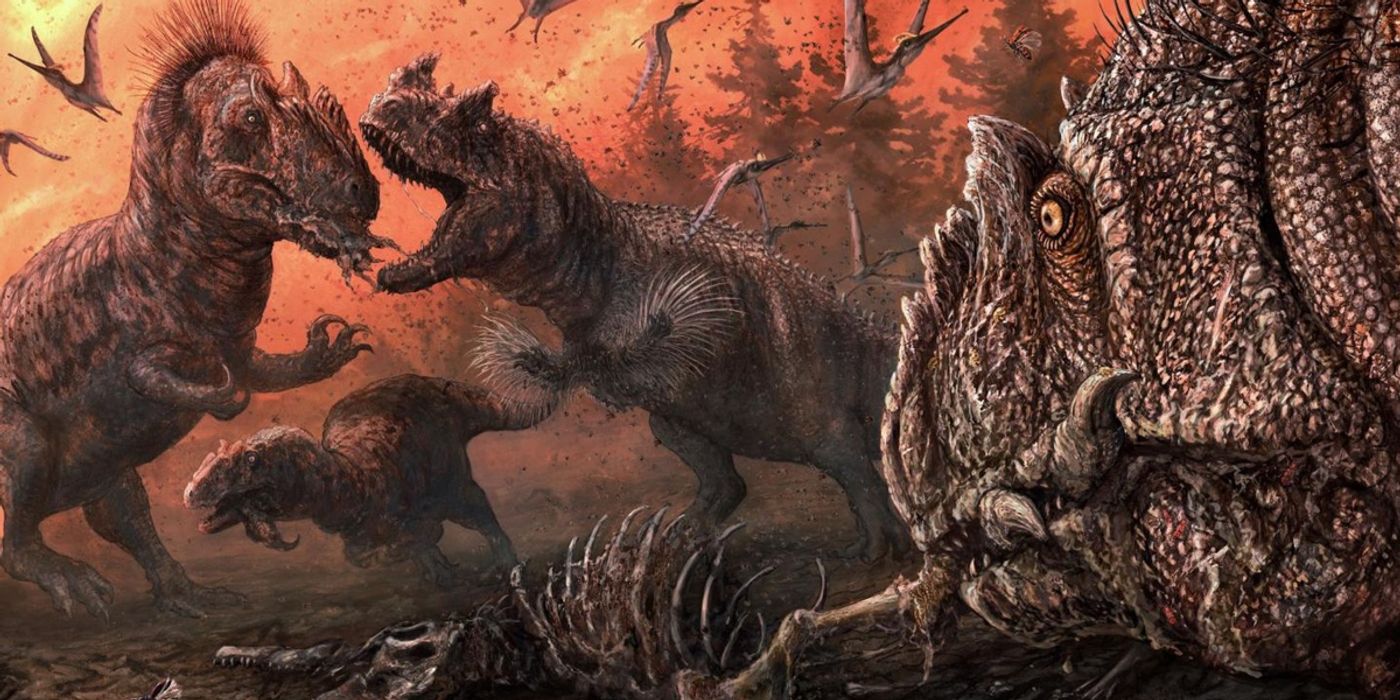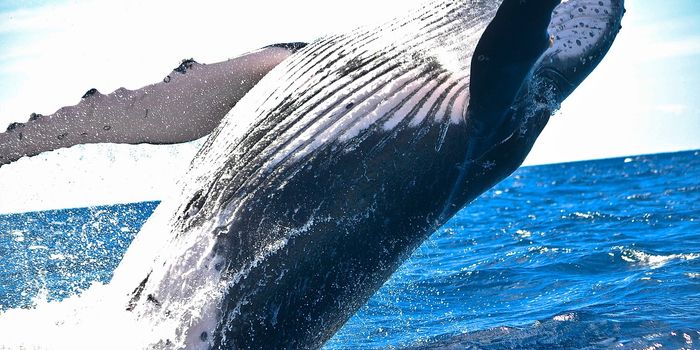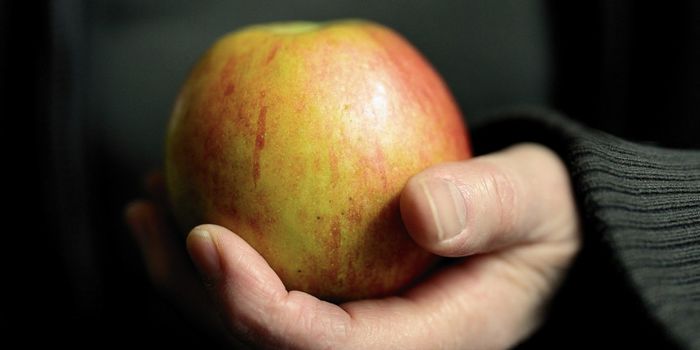Allosaurus Fossil Bite Marks Indicate Cannibalism
Anyone that has ever watched Hollywood’s famous Jurassic Park films will know that dinosaurs were large and hungry creatures that spent much of their time scavenging for whatever may have looked like tasty food. But while it might be easy to imagine carnivorous dinosaurs devouring smaller creatures of their time, a lesser known fact is that a small subset of dinosaurs partook in cannibalism.
Image Credit: Brian Engh/PLOS ONE
The findings, published just this past week in the journal PLOS ONE, describe the circumstances after a team of paleontologists discerned a multitude of large bite marks on more than 29 percent of the 2,300+ fossilized remains of a Jurassic beast called Allosaurus that were all excavated in the same region – the Mygatt-Moore Quarry along the border of Colorado and Utah.
For those who don’t already know, Allosaurus was a bipedal carnivorous theropod that looked eerily similar to the infamous Tyrannosaurus Rex; however, the two apex predators existed during two very different times. Allosaurus is thought to have existed during the late-Jurassic period, approximately 150 million years ago, whereas T. Rex existed in the more recent late-Cretaceous period, some 65 million years ago.
Differences in time periods aside, both dinosaurs were fearsome opponents with massive flesh-ripping jaws. Furthermore, it seems T. Rex wasn’t the only one that would prey on its own kind. The aforementioned paper details some of the very first known evidence that Allosaurus shamelessly snacked on other specimens of itself when it was feeling hungry.
Related: Were dinosaurs more bird-like than initially thought?
“At this site they’re eating every single bit of the skeleton, anything they could get their mouth around,” explained Stephanie Drumheller, one of the paper’s lead authors. “At least under certain circumstances, these big Jurassic theropods were perfectly willing to scavenge anything that was available, including each other, and they were accessing bones as a food resource.”
So what were these so-called “circumstances” that would invoke the Allosaurus’ desire to eat even its own kind? Well as you can probably imagine, it came down to two vital factors: hunger and opportunity. As large as they were, Allosaurus expended a lot of energy as it moved and needed to eat frequently to replenish that energy. If nothing else around looked tasty, then the larger of two Allosaurus would potentially eat the other.
“They were probably opportunistic predators that would eat whatever they could,” Drumheller added. “They weren’t very picky; if it happened to be a distant relation, then that was fine.”
Related: Dinosaurs may have relied on camouflage for survival
Astonishing as it may seem at first glance, it seems more natural when you take a look at modern-day apex predators, which are sometimes known to behave in similar ways. For example, larger alligators are known to munch on smaller alligators, and similar behaviors have been observed even in crocodiles.
The latest discovery underscores the importance of uncovering dinosaur fossils and studying them closely, as doing so often sheds light on the behavior of these incredible creatures during a time when no humans were around to witness it for themselves. It will indeed be interesting to see what the next fossil discovery brings.
Soruce: PLOS ONE via EurekAlert, National Geographic, Popular Science









